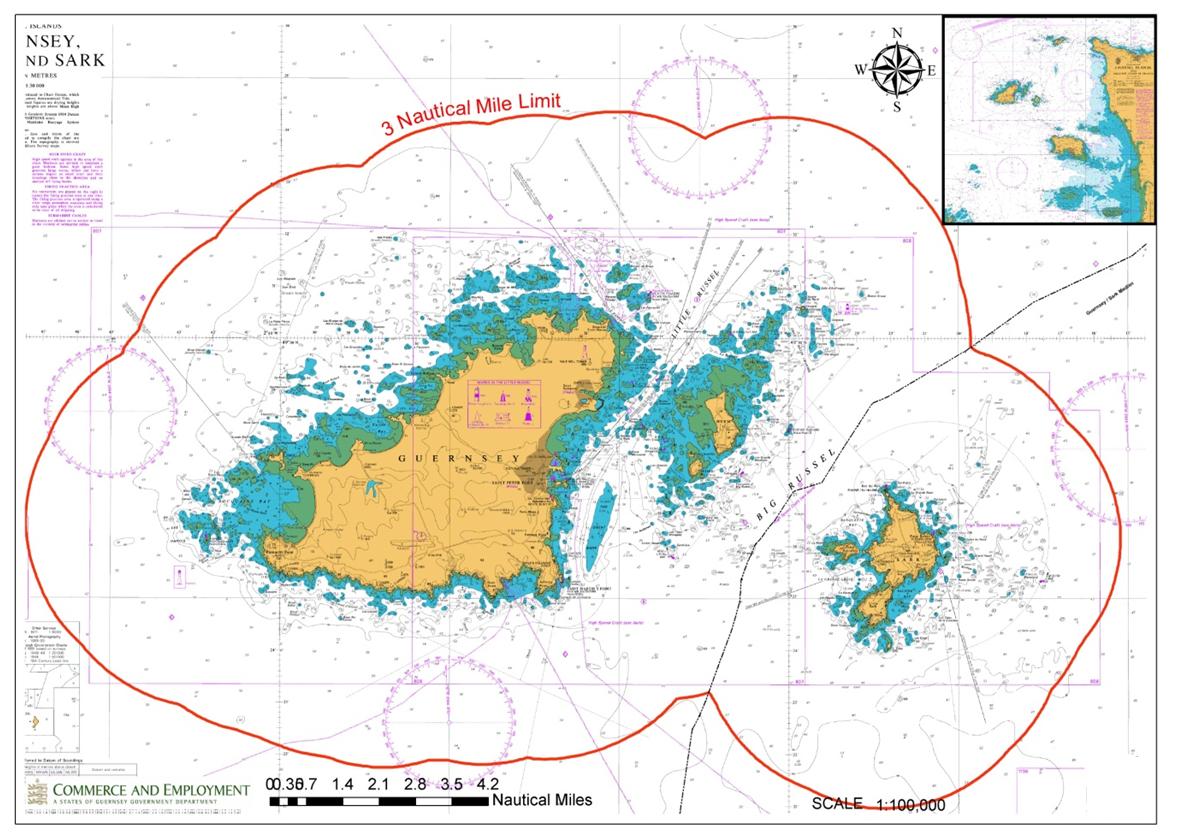

Environmental Assessment
RET is keen to understand any potential environmental impacts, both positive and negative, that arise from the installation, operation, maintenance and decommissioning of renewable energy devices within Guernsey and Sark’s territorial waters.
There are a number of reasons for pursuing renewable energy in Guernsey including:
- To help meet carbon emissions reduction targets;
- Improvements in overall security of supply;
- To provide Guernsey with energy independence;
- Reduced chemical and particulate pollution;
- Economic benefit;
- Actively use Guernsey’s natural resources in a positive and sustainable manner.
It is recognised that, whilst presenting some reduced environmental impacts in relation to conventional fossil fuel based power sources; Renewable energy projects are not always without their own impacts. In accordance with best practice relating to major developments worldwide, it was decided to undertake an Environmental Assessment to identify and mitigate environmental impacts of marine renewable energy.
RET has undertaken a Regional Environmental Assessment (REA) of Marine energy looking into the potential for wave and tidal development. This is a strategic desk study of the whole of the territorial waters of Guernsey, Herm and Sark (to 3 Nautical Miles of the coast) and was undertaken in 2011. The latest version of this document is available to download, and more information on the REA is available here. in 2012 RET extended the REA to offshore wind.
In addition to the REA, RET is looking at collecting “baseline” survey data. This is information that can be gathered in the time prior to development to give an understanding as to what is in the area, both in terms of the resources and the species and habitats present. The baseline data can also be used to identify any changes in the environment once devices have been installed. Obtaining more baseline data increases the validity and accuracy of the data and also increases the ability to ascertain whether any changes in the environment are due to installation of renewable energy, or simply random change. To this end, RET has already undertaken a towed camera survey of the seabed in the Bailiwick and is in the process of validating the tidal resource model appended to the REA. More information on these projects is available here.
Further survey work to fill any critical gaps in environmental data that may affect the selection of suitable deployment zones will be undertaken by RET in the future. In addition to the work by RET, it is expected that developers of prospective deployment sites will undertake detailed surveys and a full Environmental Impact Assessment of each site. They will also be required to undertake ongoing monitoring of the environment throughout their deployment.
Latest News
- 04/08/2017 - LiDAR and power unit to be deployed at Chouet
- 18/05/2017 - RET Publish Offshore Wind Feasibility Report
- 01/04/17 - RET releases 2017 strategy and review of 2016
- 01/08/2016 - Congratulations to Bouke Wiersma on completion of his Public Engagement PhD in Guernsey
- 21/07/2016 - Working with Universities – Update
- 01/05/2016 - Renewable energy work under new Committee
- 19/04/2016 - RET open Day at Beau Sejour
- Commerce and Employment Renewable Energy Team to undertake Open Day and associated Poster Display
- 01/01/16 - RET releases 2016 strategy and review of 2015
- 23/11/15 - Consultants Appointed for Offshore Wind Work
- November 12th & 13th - University of Exeter Festival of Social Science: Visualising public engagement with marine renewable energies
- 30/10/15 - Renewable Energy Legislation Passed
- 14/10/15 CIMREG Officers Meeting Held in Guernsey
- 08/09/2015 - Commerce and Employment and Guernsey Electricity Limited continue feasibility work into local offshore wind energy project
- 01/08/2015 - RET Continue to Work with Universities
- 30/06/2015 - Results from Island Wide Survey on Offshore Renewable Energy Shows Strong Support for Renewables
- 18/06/2015 - RET release renewable energy ordinance response document
- 20/05/2015 - Thetis EMR conference
- 21/04/2015 - Channel Islands Marine Renewable Energy Group Political Summit
- 28/01/2015 - Public Engagement PhD - Guernsey Opinion Survey: Renewable Energy


